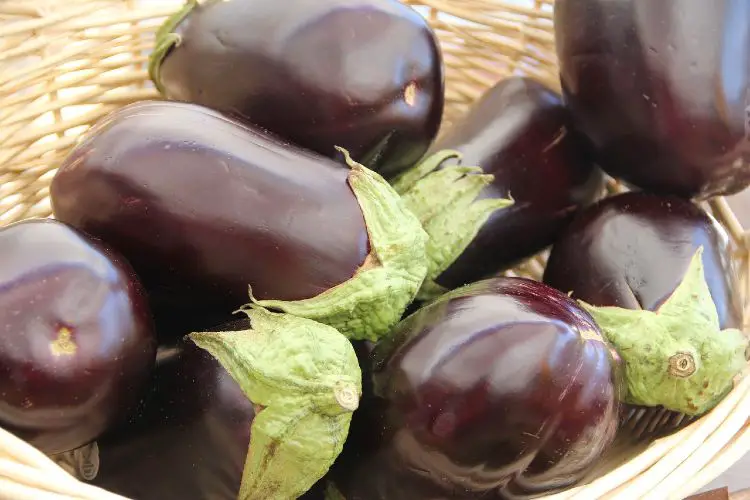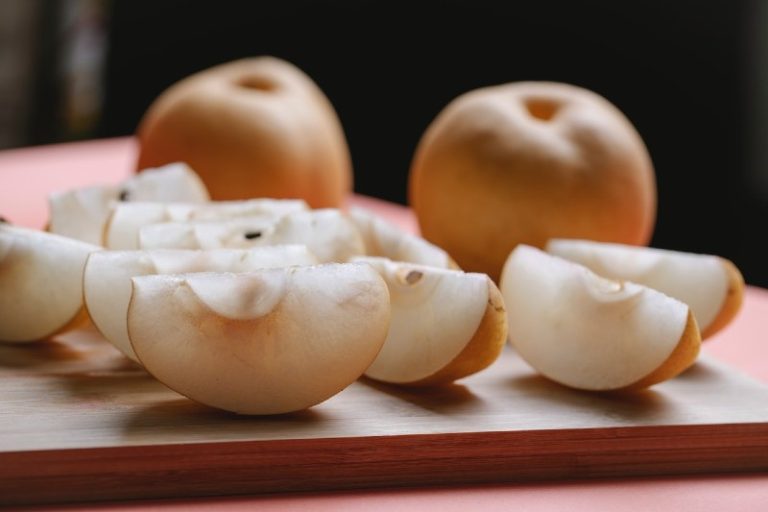Can You Freeze Radishes?
No diet can be complete without a generous helping of fresh vegetables. Doctors and dieticians always advise consuming as many fresh vegetables as possible. So, is it possible to rush to the vegetable market and purchase your quota every time you need them? No, it is not. So, the best alternative is to freeze them. Therefore, it brings us to the day’s question, ‘Can you freeze radishes?’
Can You Freeze Radishes?
The question is straightforward, and so should be the answer. Yes, you can freeze radishes, but you should do it the right way to get the maximum out of this versatile vegetable.
Radish and its cousin, the carrot, are versatile veggies because you use them in various ways. You can have them as your salad toppings. They are excellent for health when eaten raw. Besides, you can have them in your soups and curries. You can also prepare them as independent vegetables. So, it is proper for everyone to know how to preserve their radishes. For that, you should know the correct procedure for freezing them.
How to Freeze Radishes
Before you learn how to freeze radishes, here is an important tip.
“Never peel radishes before you freeze them. If you do so, do not freeze them.”
Peeling your radishes before freezing activates a unique enzyme that can affect their preservation by bursting the radishes.
Here is a step-by-step procedure for freezing radishes.
Step 1 – Prepare Radishes For Freezing Process
Radishes grow underground and have a lot of dirt all over their surface. So, first, you clean your vegetable thoroughly. Take some water in a clean vessel and dip your radishes in it. Scrub the dirt clean with your hands but ensure they do not peel off.
Step 2 – Cut The Radish Before Freezing
Radishes have a long stringy bottom part that is generally of no use. So, you can cut and throw them away. However, the greens on top of the vegetable are useful. So, you cut and use them to prepare delicious dishes resembling your spinach and other green leafy vegetables. These green toppings have a unique flavor.
The next step is to slice your radish into round medallion shapes. Depending on your preferences and recipe, you can have them thin or thick. The thinner slices are ideal for your salads, whereas the thicker ones can be roasted in the microwave oven.
Step 3 – Blanch Them To Retain Their Nutrients
Blanching your radish is a critical process because it prevents them from ripening. Furthermore, it preserves vitamins and nutrients for extended periods.
Boil water in a large vessel and drop the radish slices for two or three minutes. On removing, place them immediately in an ice bath. This process arrests the heating activity and helps freeze the nutrients in your radish.
Blanching is crucial as it does not allow the radish to get spoiled. In addition, blanching activates several enzymes present in radish to preserve nutrients and vitamins when frozen.
Step 4 – Freezing Radishes
Freezing your radish is not rocket science. You can place your radish slices in a sealable freezing bag or container and put them in the freezer. However, it is advisable to ensure that the container is airtight and moisture-resistant. Remove the air from the bag and seal it properly. Thus, you get the best out of your vegetable. Please do not forget to tag the bags with the date.
We have answered the second part of the question, “How can you freeze radishes?”
The answer is not over yet because you should know why you should freeze your radishes.
Why Freeze Radishes?
We have already seen that it is not always possible to get your radish plucked from the farm every day. Besides, radish is a seasonal vegetable. Therefore, people buy them in bulk whenever they can.
This part of the article is only for those who do not grow their radishes in their gardens. Here are the benefits of freezing radishes.
- Freezing your radish allows you have this vegetable on your salads even when they are not available on the vegetable market shelves.
- Freezing radishes allows them to maintain their flavor and crispiness. In addition, they last longer when properly frozen.
Let us now answer some critical questions that come to mind when freezing radishes.
Which Is The Better Alternative, A Fresh Radish or A Frozen One?
The answer is a no-brainer. A fresh radish is better any day than a frozen vegetable. However, freezing your radish is to make them available when you cannot find radishes on the market.
Does Freezing Radishes Affect Their Quality and Taste?
If you compare fresh and frozen radishes, we have to say that freezing radishes affect their taste and flavor. But, you can reduce it to the minimum by following the correct procedure of cleaning, cutting, and blanching before freezing them in airtight containers.
Can You Freeze Radishes Without Blanching?
You can freeze your radishes whole without blanching them, but it is not the appropriate procedure. Blanching your radishes helps preserve their nutrients and taste for extended periods.
How Long Do Frozen Radishes Last?
We recommend you follow the correct procedure for freezing your radishes. Under such circumstances, frozen radishes can comfortably last for four to six months in your freezer.
How Do You Use Frozen Radishes?
The thinner slices can be thawed quickly and used as salad toppings. You can also use them in your curries and soups to enhance their flavor. The larger pieces can go directly from your freezer into the microwave oven for roasting. You can also make pickles with frozen radish. They provide an ideal alternative to your traditional mango or lime pickles.
Final Thoughts
While consuming fresh vegetables is always best for your health, circumstances do not allow you the luxury every time. So, freezing your vegetables like radishes is common. The most significant part is following the correct procedure to get the best out of your radishes. So, ‘Can you freeze radishes?’ Yes, you can, but never peel them before freezing.



